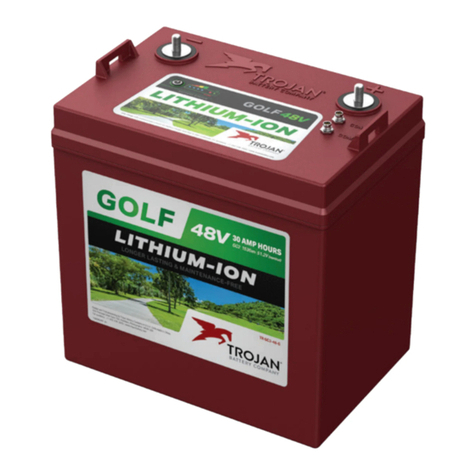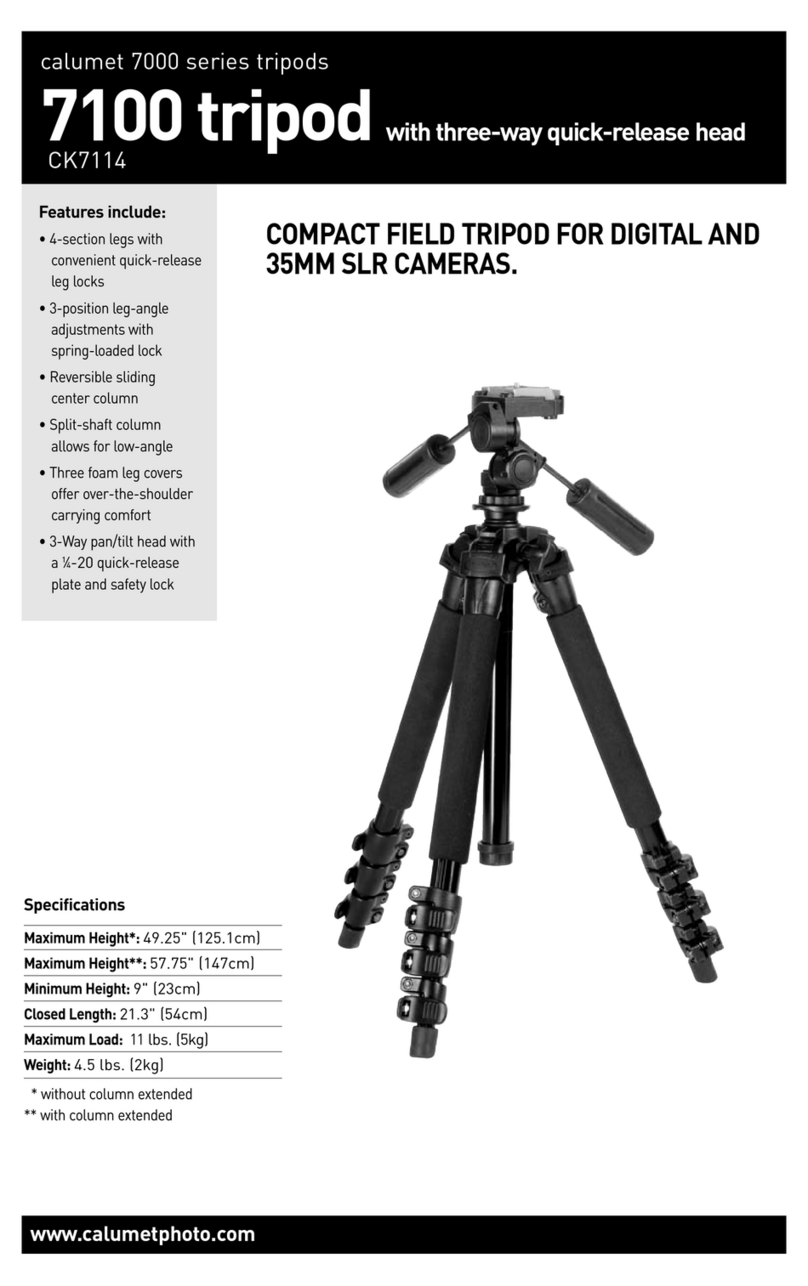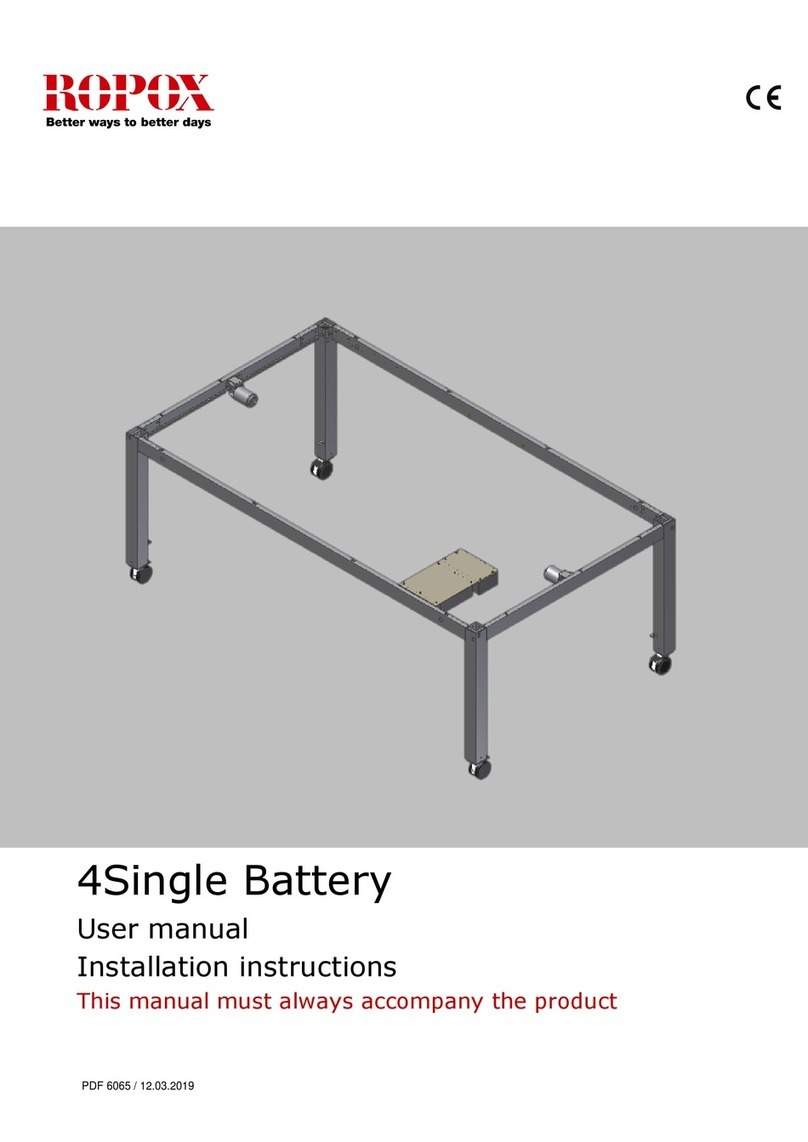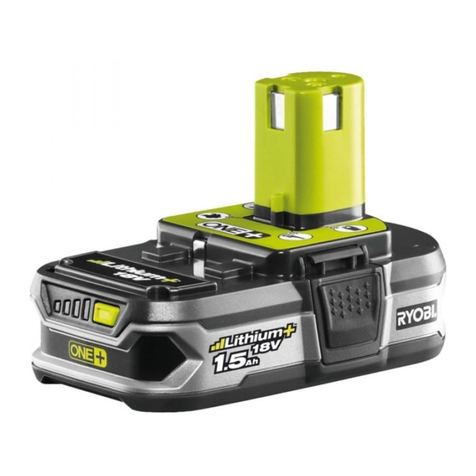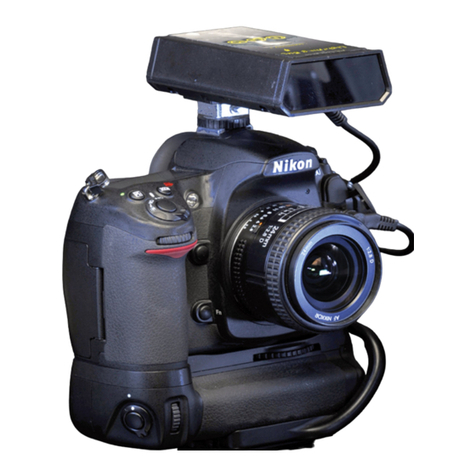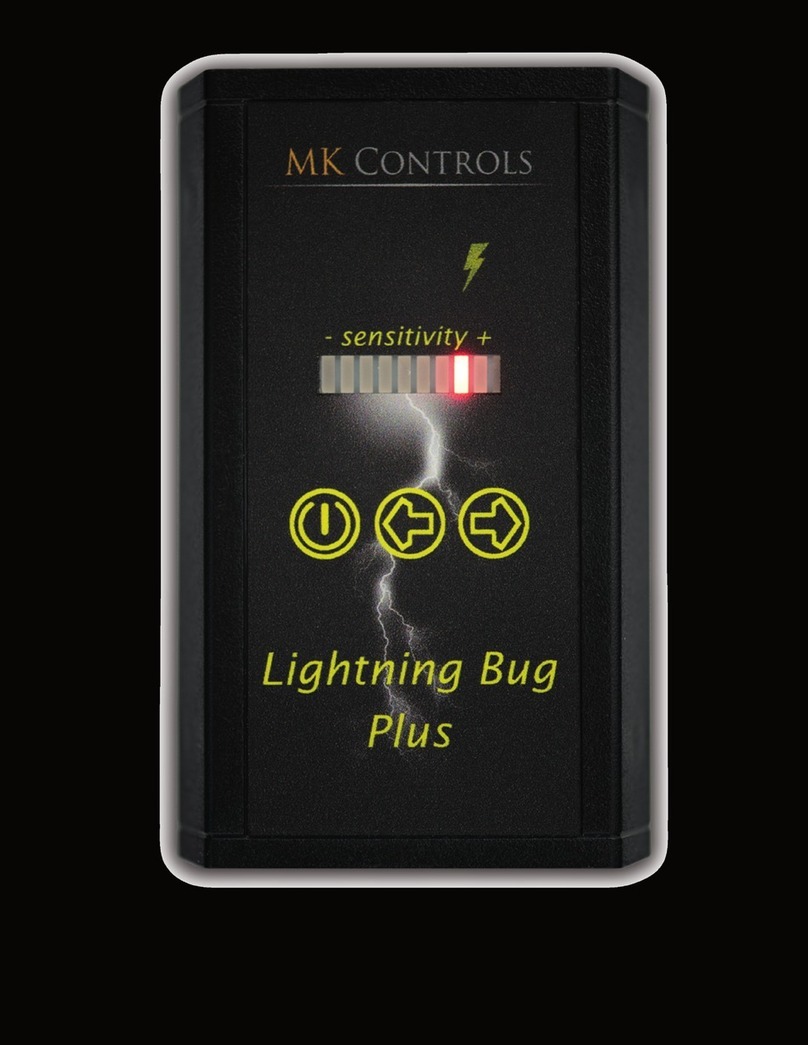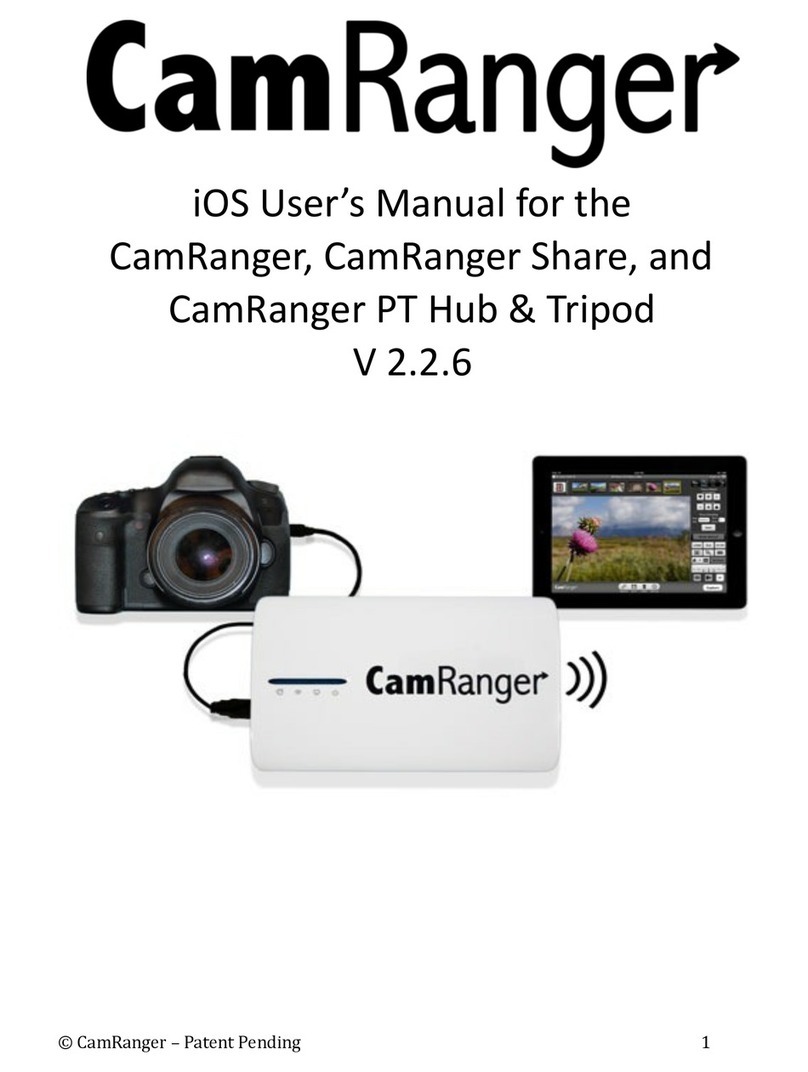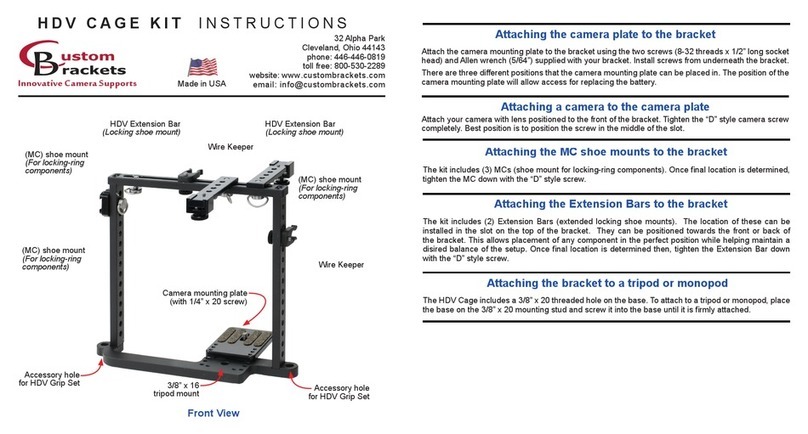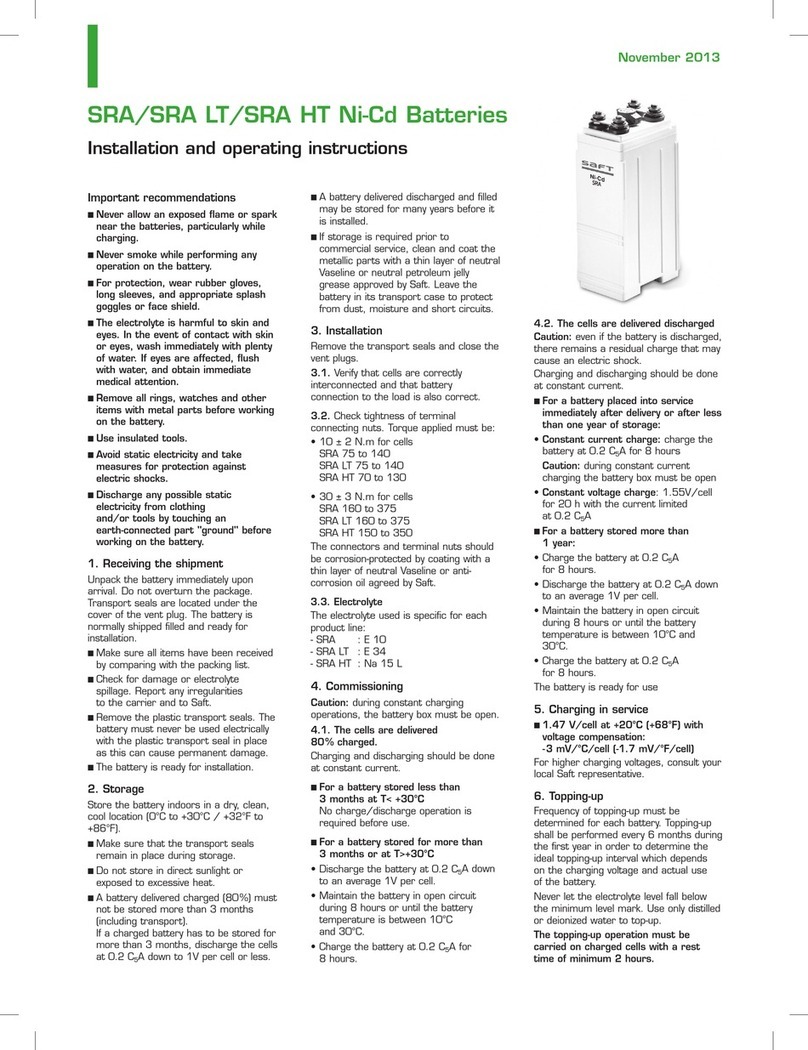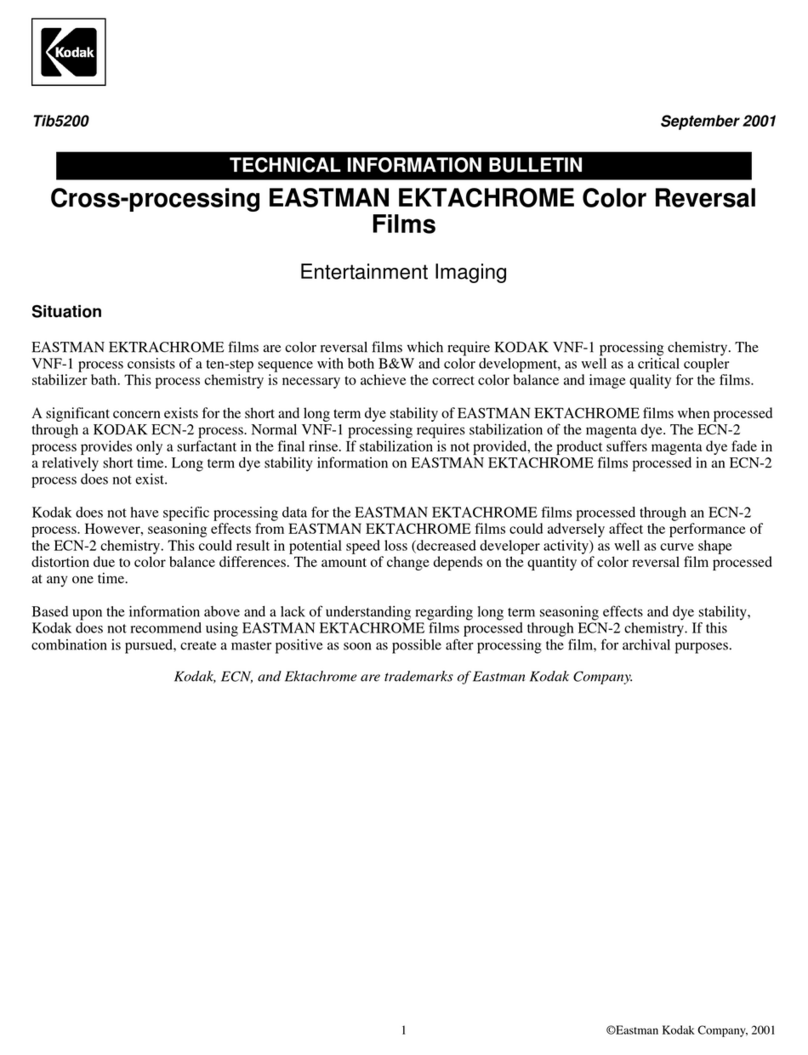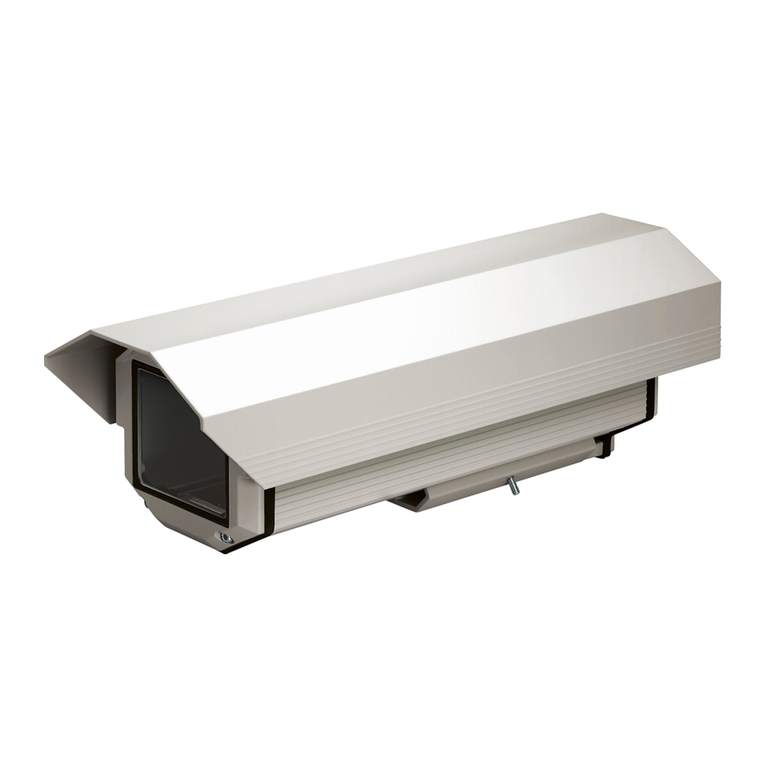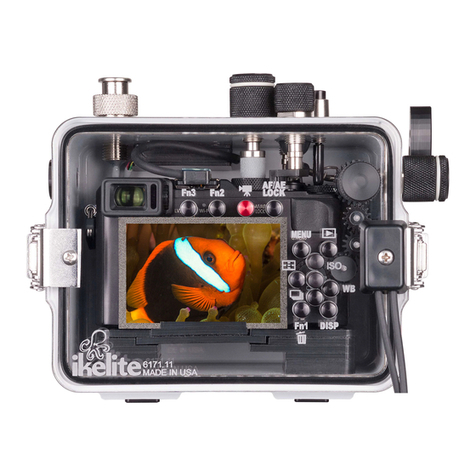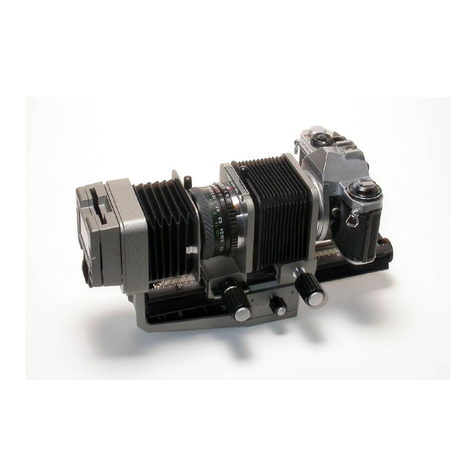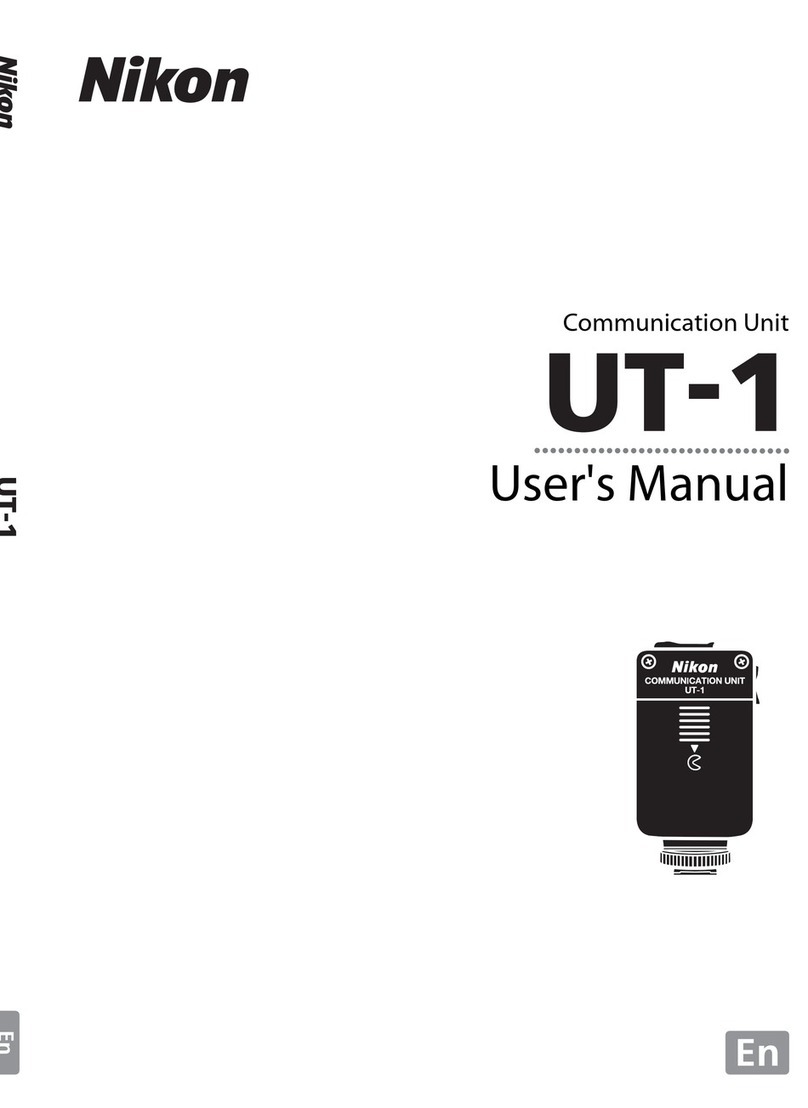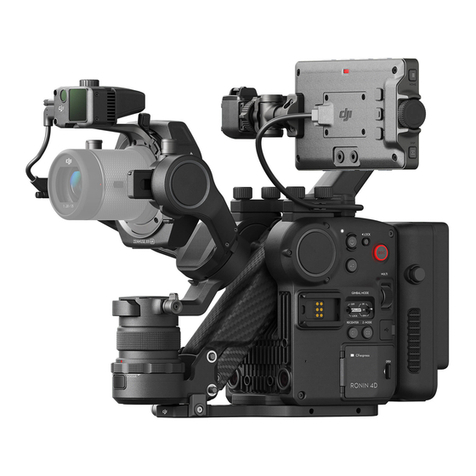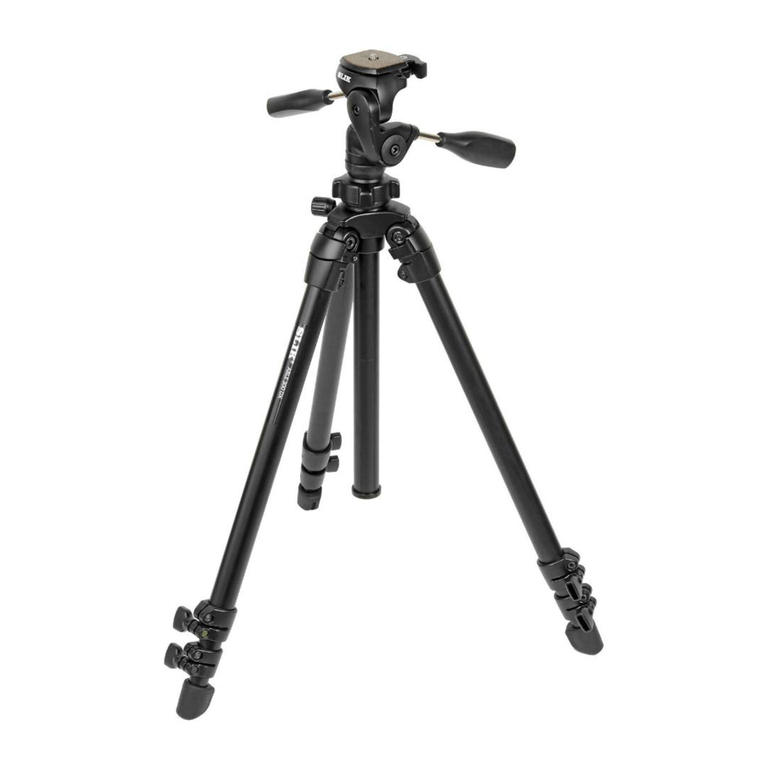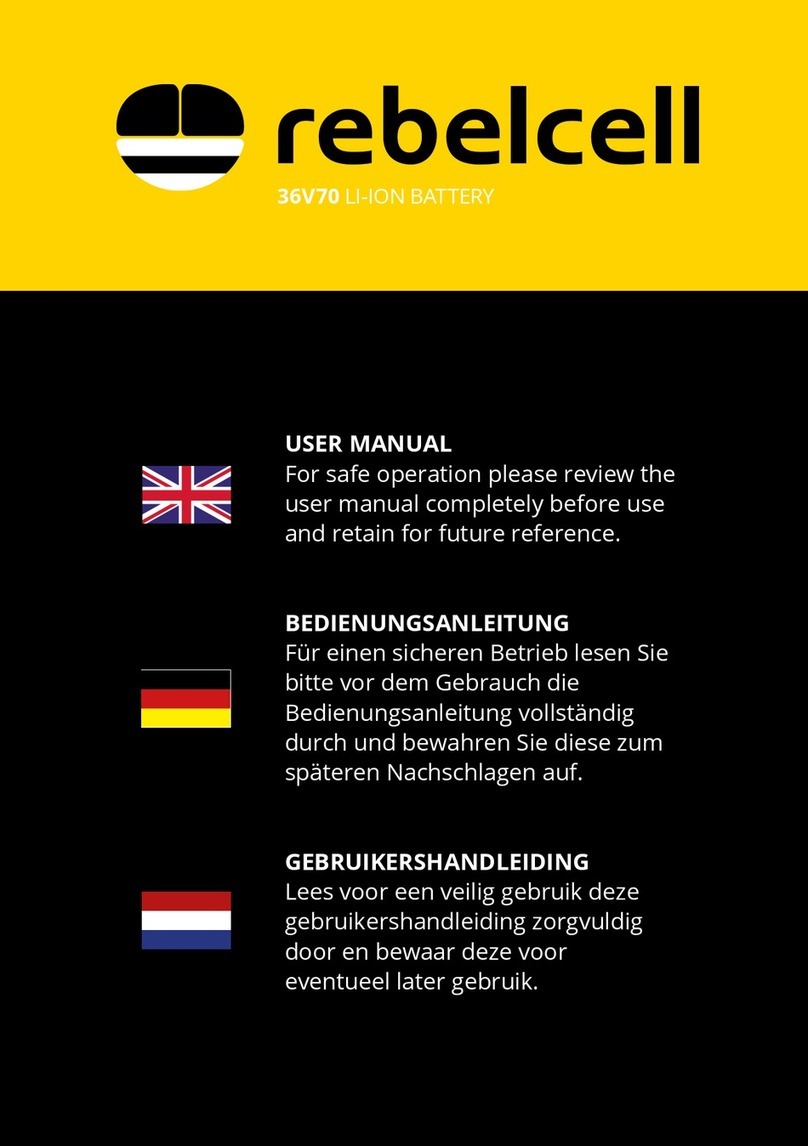
Lightning Bug™ Instruction Manual
Rev: Sept 21, 2012 Page 10 of 18
Please note: We have found that some cameras, most notably Canon models
using the N3 style connector, ‘may’ keep the meter active whenever the
Lightning Bug™ is attached to the camera, even if the Lightning Bug™ is powered
off. With these cameras, you will need to unplug the Lightning Bug™ to review
images on the camera’s LCD.
In some situations, it may be desirable to have the Lightning Bug™ activate the
camera’s meter only when the shutter is triggered. This will allow you to review
your image on the camera’s LCD after the image is captured without turning off
the Lightning Bug™. Warning – if you enable this feature, you may miss shots.
Enabling this feature will increase the time it takes for the shutter to be
triggered by the Lightning Bug™
To modify this setting, the unit must first be powered on. Simultaneously press
the On/Off Button and the Increase Sensitivity Button and hold them for
approximately 1 second.
+
The yellow detection light will flash at a rate of approximately 2 times per
second when this mode is correctly entered. Press either Sensitivity Button to
toggle between the On and Off modes for automatic meter control. When the
automatic mode is On, the rightmost orange LED (below the + sign) will be
illuminated. When the automatic mode is Off, the leftmost orange LED (below
the – sign) will be illuminated.
When the automatic meter control if Off, the meter will remain OFF until the
shutter trips. When the automatic meter control is On (factory default), the
meter will remain ON whenever the Lightning Bug™ is powered on (and will be
turned OFF when the unit is powered off).
